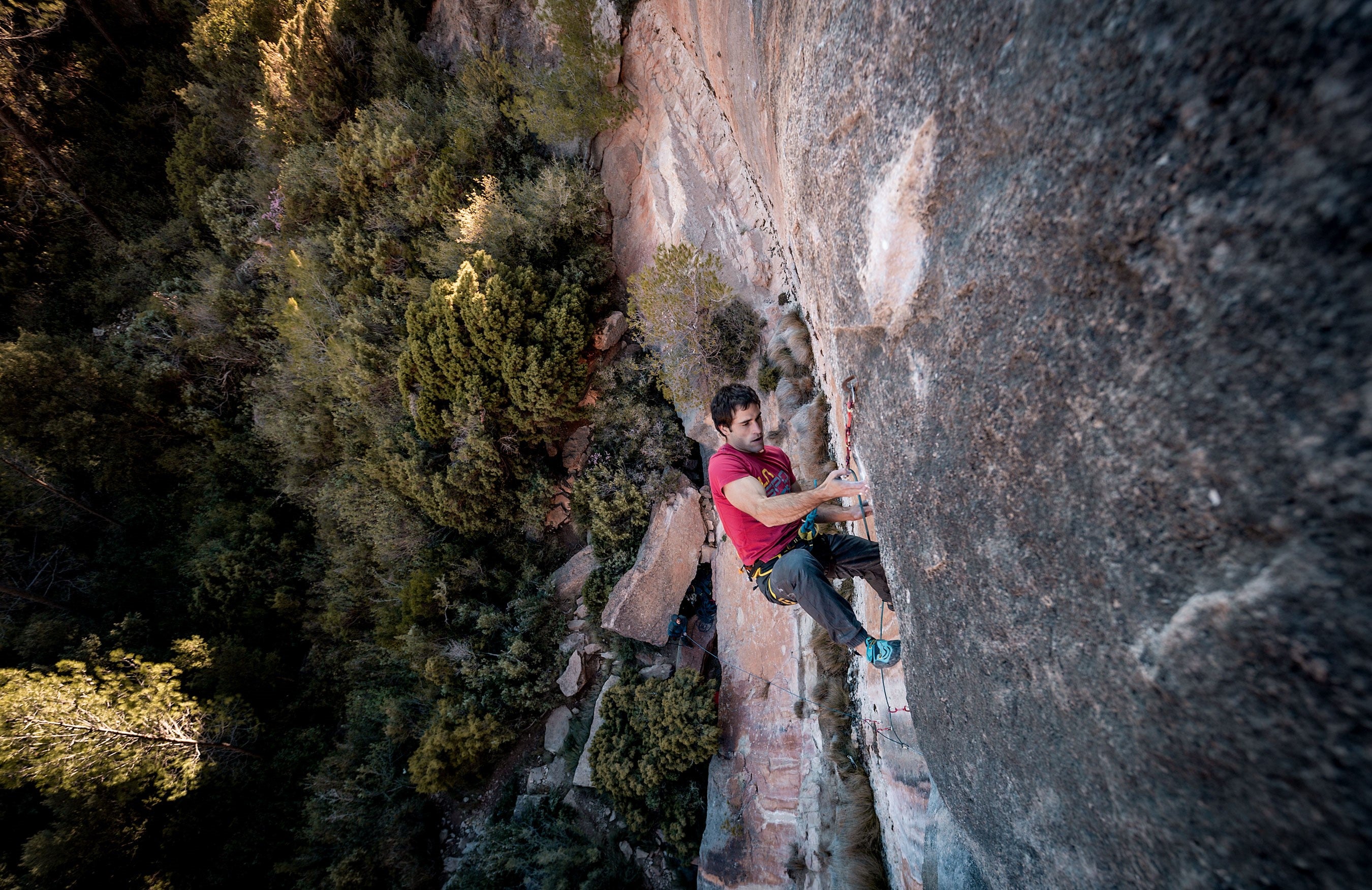
Bhagirathi IV by Luca Schiera
Published on 08/11/2019
Four years with a doubt fixed in my head, more and more insistent, how would it have been if we had tried to go further to the left?
We understood that we had to try again the Bhagirathi IV, in the heart of the Himalayan Garhwal.
So we left for India in early August, the group was still the same: me, Matteo Della Bordella, Matteo De Zaiacomo with the addition of his father Silvano.
The idea was to climb the same line we had already tried, up to an area where the wall forms a depression. From there it would then have been possible to cross to the left towards another system of dihedrals, just below the notoriously rotten schist band placed at 5900 meters, in order to climb it as little as possible. Finally, a snow slope that leads to the top.
We wanted to be ready for an attempt during the first days of good weather after the monsoon, before the weather became too cold as September progressed.

As soon as we arrived at the base camp an unexpected snowfall for the season gave us the welcome, in the meantime we took the opportunity to acclimatise ourselves by climbing the Bhagirathi II during the last days of August. On the 3rd of September, we arrived under the wall, ready to leave the next day. In the middle of the afternoon we heard the noise of a detachment of stones larger than the others: with great surprise, we saw two huge blocks of schist that felt right from the top of the Bhagirathi IV, exactly on the line we intended to climb. We were glad we weren't there at the time, but we no longer had a plan to climb the wall and we went down to the base camp a little confused.

We spent a few days at the camp before making a last attempt, we had little time available and we wanted to spend as little time as possible on the wall to have more safety margin. We would have gone up in speed, taking advantage of the very dry conditions and the knowledge of the lower part of the route to our advantage.

We woke up on September 15that midnight, a few hours later we started climbing and at dawn we reached the ledge where we bivouacked the first night four years ago: we were going as fast as we hoped. We continued along the dihedrals of the central part of the route until we reached in the early afternoon the traverse we had thought about from home. Everything was going well despite the bad quality of the rock and in the evening we reached the shale band, as friable as we feared.

When we passed it, it had been dark again for an hour, we were on the final snow-covered slope but we didn't find a place to camp out as we thought, because it was all steep. We decided to continue to the top, knowing that it was right above us.

At 11 pm we were all three again with our feet on the ground on the thin crest. With a descent on the east side we found a good place to sleep and stopped until the next morning when we began the descent on foot to the tents.
After a day of rest, we moved the base camp under the Shivling, greeted Matteo who returned home, while me, Giga and Silvano spent the last days we had in the valley.
We managed to climb the west edge, the normal route, just as the perfect September weather was beginning to show signs of change. The road and the mountain were really beautiful: a solid granite edge that ends against a 60-meter-high serac to be climbed, then it continued on snow up to the saddle between the two perfectly symmetrical peaks and from here to a slope of ice and snow finally we arrived at the top.

This time it is not dark and we can admire the mountains that surround us: the Bhagirathi, Meru, Thalay Sagar, Satopanth 3 and many others more or less large.
Once we got off, there was only one day left at base camp to climb a few more blocks before returning home.

Article and pictures by Luca Schiera, October 2019.
 Luca Schiera, 28 years old Grivel athlete since 2017. He is an alpinist and rock climber based in Erba (Italy).
Luca Schiera, 28 years old Grivel athlete since 2017. He is an alpinist and rock climber based in Erba (Italy).
Favorite Grivel product: Tau Wire Lock K12L carabiner.


